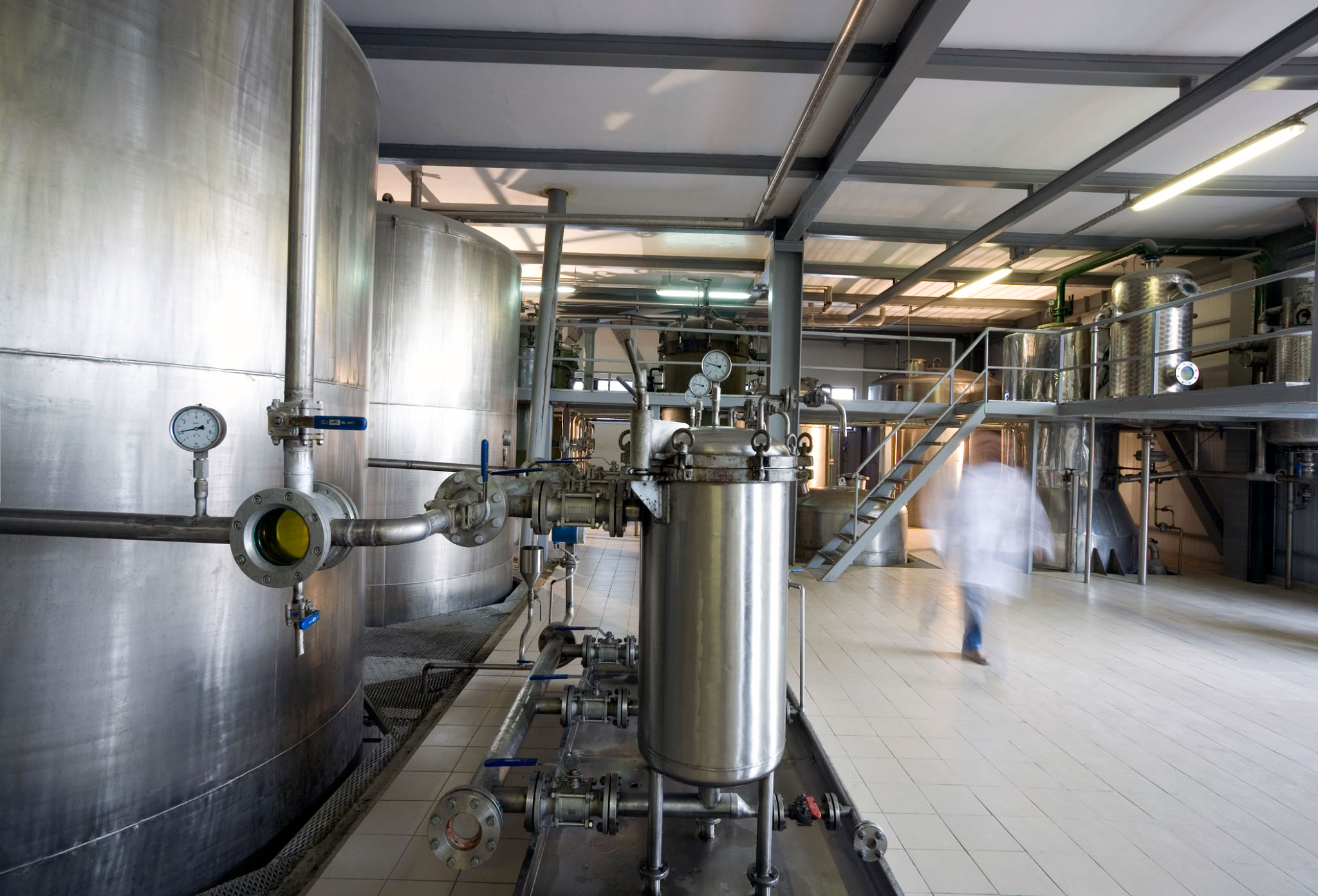Comparing Olive Oil Production: Traditional vs. Modern Methods
Introduction to Olive Oil Production
Olive oil is a staple in many kitchens worldwide, renowned for its flavor and health benefits. The journey from olive grove to bottle involves intricate processes that have evolved over centuries. Today, production methods can be broadly categorized into traditional and modern approaches, each with its own set of characteristics and advantages.
Traditional Olive Oil Production
Traditional methods of producing olive oil have been practiced for thousands of years. This process typically involves harvesting olives by hand, which ensures that the fruit is picked at its prime and minimizes damage to the trees. The olives are then crushed using large stones or wooden presses, a method that requires significant labor and time.

The resulting paste is spread onto mats, stacked, and pressed to extract the oil. This method, although labor-intensive, is cherished for its ability to produce oil with a distinct taste and aroma that many connoisseurs appreciate. However, it often results in lower yields compared to modern techniques.
Modern Olive Oil Production
In contrast, modern olive oil production employs advanced technology to maximize efficiency and yield. Mechanical harvesters are often used to collect the olives quickly and with less manpower. The olives are then processed using centrifuges that rapidly separate the oil from the water and solids.

This method is highly efficient, producing higher quantities of oil in a shorter timeframe. Additionally, modern production often incorporates quality control measures to ensure consistent flavor profiles and purity levels, meeting international standards for extra virgin olive oil.
Comparative Benefits
Both traditional and modern methods have their own unique benefits. Traditional techniques are preferred by those who value craftsmanship and authenticity, often resulting in artisanal oils with complex flavors. On the other hand, modern methods offer efficiency, cost-effectiveness, and the ability to meet growing global demand.
- Flavor: Traditional methods often produce richer, more nuanced flavors.
- Efficiency: Modern methods allow for faster processing and higher yields.
- Sustainability: Both methods can be sustainable if practiced responsibly.
Sustainability Considerations
Sustainability is a growing concern in olive oil production. Both methods have their environmental impacts; traditional farming practices can be more eco-friendly if done on a small scale, while modern methods can reduce carbon footprints through efficient machinery and technology.

Producers are increasingly adopting sustainable practices such as organic farming, water conservation, and waste reduction to minimize their environmental impact while ensuring the longevity of olive groves for future generations.
Conclusion
The choice between traditional and modern olive oil production methods ultimately depends on the priorities of the producer and consumer preferences. While traditional methods offer a connection to history and craftsmanship, modern techniques provide scalability and efficiency. Both approaches can coexist in today's market, catering to diverse tastes and demands.